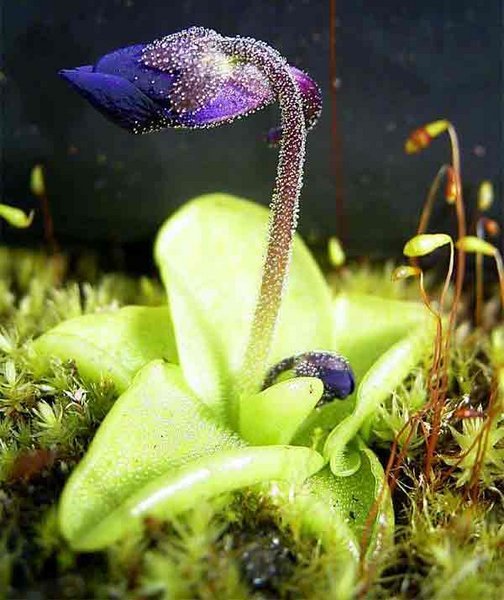HUMAN INTERRELATIONSHIP
The development of technology by humanity has allowed for greater use of natural resources and has helped to mitigate some of the risks associated with natural hazards. Despite these advances, the fate of human civilization remains intimately linked to changes in the environment. There is a very complex feedback loop between the use of advanced technologies and changes in the environment that are only slowly understood. Anthropogenic threats to the Earth's natural environment are pollution, deforestation, and catastrophes such as oil spills. Humans have contributed to the extinction of many plants and animals.
People use nature for recreation and economic activities. The acquisition of natural resources for industrial purposes continues to be an important part of the world economic system.
Some activities, such as hunting and fishing, are used for both sustenance and recreation, often by different people. Agriculture was recorded for the first time around the ninth millennium BC. Inserted. From the production of food to energy, nature influences economic prosperity.
Although the first humans collected uncultivated plants to feed themselves and used the medicinal properties of vegetation for healing, It is the modern human use of plants by agriculture. The cleaning of large areas for plant growth has resulted in a significant reduction in afforestation and available wetlands, which has led to the loss of habitats for many plant and animal species and an increase in erosion.

Beauty in nature has always been an important topic in art and books, filling large parts of libraries and bookstores. This nature was portrayed and celebrated by art, photography, poetry and other literatures, showing the strength with which many people associate nature and beauty. The reasons for which this association consists and of which the association consists are examined by the branch of philosophy called aesthetics. Apart from some basic features that explain to many philosophers what is considered beautiful, opinions are virtually endless.Nature and wildness have been important themes at various times in the history of the world. A first tradition of landscape art began in China during the Tang Dynasty (618-907). The tradition of representing nature as it is has become one of the goals of Chinese painting and has had a significant impact on Asian art.
Although the Psalms and the book of Job celebrate natural wonders, the art depictions of the desert in the 19th century, especially in the works of Romanticism, became more frequent. The British artists John Constable and J. M. W. Turner focused their attention on capturing the beauty of nature in their paintings. Previously, the pictures were mainly religious scenes or people. The poetry of William Wordsworth described the wonder of the natural world, which was once considered a dangerous place. Increasingly, the appreciation of nature has become an aspect of Western culture. This artistic movement also coincides with the transcendental movement in the Western world. A classic classic idea of fine art includes the word mimesis, the imitation of nature. Also in the field of beauty ideas in nature, the perfect is implicitly through perfect mathematical forms and more generally through models in nature. David Rothenburg writes, "Beauty is the root of science and the goal of art, the highest possible humanity can hope for.
Beauty in nature has always been an important topic in art and books, filling large parts of libraries and bookstores. This nature was portrayed and celebrated by art, photography, poetry and other literatures, showing the strength with which many people associate nature and beauty. The reasons for which this association consists and of which the association consists are examined by the branch of philosophy called aesthetics. Apart from some basic features that explain to many philosophers what is considered beautiful, opinions are virtually endless.Nature and wildness have been important themes at various times in the history of the world. A first tradition of landscape art began in China during the Tang Dynasty (618-907). The tradition of representing nature as it is has become one of the goals of Chinese painting and has had a significant impact on Asian art.
Although the Psalms and the book of Job celebrate natural wonders, the art depictions of the desert in the 19th century, especially in the works of Romanticism, became more frequent. The British artists John Constable and J. M. W. Turner focused their attention on capturing the beauty of nature in their paintings. Previously, the pictures were mainly religious scenes or people. The poetry of William Wordsworth described the wonder of the natural world, which was once considered a dangerous place. Increasingly, the appreciation of nature has become an aspect of Western culture. This artistic movement also coincides with the transcendental movement in the Western world. A classic classic idea of fine art includes the word mimesis, the imitation of nature. Also in the field of beauty ideas in nature, the perfect is implicitly through perfect mathematical forms and more generally through models in nature. David Rothenburg writes, "Beauty is the root of science and the goal of art, the highest possible humanity can hope for.
Dear friend, you do not appear to be following @wafrica. Follow @wafrica to get a valuable upvote on your quality post!
Ok